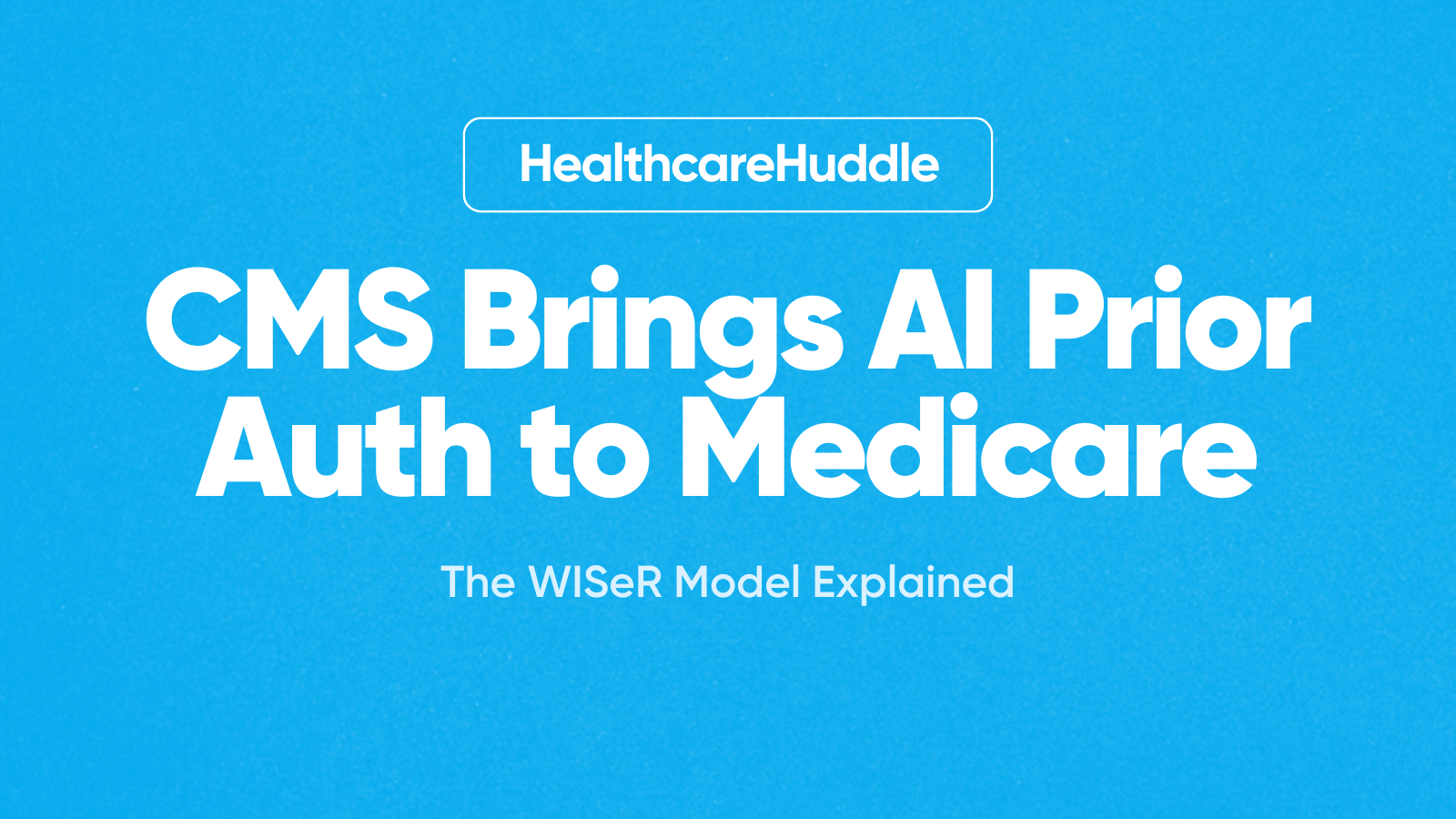Biosimilars offer more affordable alternatives to brandname biologics—highly complex, protein-based drugs derived from living organisms. With the introduction of biosimilars, particularly in the case of blockbuster drugs like Humira, the healthcare market is experiencing a significant shift.
What Are Biosimilars?
A biosimilar is a biologic medical product highly similar to an already approved biologic, known as the reference product. While biosimilars have no clinically meaningful differences in terms of safety, purity, and potency compared to the reference product, they are not identical due to the intricate nature of biologic production. This distinction arises because biologics are made using living organisms, leading to natural variations even between batches of the same product.
Biosimilars vs. Biologics: What’s the Difference?
The main difference between biosimilars and their reference biologics lies in their development process. Biologics are the original products that undergo rigorous testing and clinical trials to establish their safety and efficacy. In contrast, biosimilars leverage the existing data from these trials, focusing on demonstrating that they are highly similar to the reference product. This streamlined process reduces the time and cost of bringing biosimilars to market, making them a more affordable option.
However, it’s important to note that biosimilars must still undergo extensive testing to ensure they meet the stringent criteria set by regulatory bodies like the FDA. For example, biosimilars must prove that any differences from the reference product do not affect clinical performance, ensuring patients receive the same therapeutic benefits.
Case Study: Humira Biosimilars
The market for biosimilars has gained considerable attention with the introduction of Humira biosimilars. Humira, the best-selling drug in history, lost its market exclusivity in 2023, paving the way for biosimilars to enter the market. Nine Humira biosimilars have been launched since its market exclusivity ended. However, the entry of these biosimilars has been met with challenges.
Surprisingly, many Humira biosimilars are not significantly cheaper than the original, affecting their adoption. This pricing strategy, where some biosimilars are offered with both high-list and low-list prices, is designed to appeal to pharmacy benefit managers (PBMs). PBMs, who prefer drugs with higher list prices due to the rebates they receive, have favored these high-list price biosimilars, leading to slow market penetration for cheaper alternatives.
For instance, while biosimilars like Cyltezo and Hyrimoz have been included in PBM formularies, they still have high list prices, just slightly lower than Humira’s. In contrast, Yusimry, marketed through Mark Cuban’s Cost Plus Drugs, offers a more substantial discount—up to 85% less than Humira. Yet, despite these efforts, Humira biosimilars currently make up just 2% of the Adalimumab Volume Market Share in the U.S.
Challenges and Opportunities for Biosimilars
The slow uptake of Humira biosimilars highlights several challenges facing the broader biosimilar market:
Interchangeability: Not all biosimilars are designated as interchangeable, meaning they cannot be automatically substituted for the reference biologic without physician approval. This limits their adoption, as physicians and patients may prefer to stick with the original biologic.
Pricing Strategies: The dual pricing strategy, designed to entice PBMs, has led to higher costs for some biosimilars, reducing their attractiveness as a cost-saving option. This strategy complicates the market dynamics, as the expected cost savings are not always passed on to consumers.
Physician and Patient Hesitancy: There is often reluctance among physicians and patients to switch from a well-known biologic to a biosimilar, particularly if the cost difference is minimal. Overcoming this hesitancy requires better education and awareness about the safety, efficacy, and cost benefits of biosimilars.
The Future of Biosimilars
Despite these challenges, biosimilars hold significant promise for reducing healthcare costs and increasing access to essential medications. As more biosimilars enter the market and competition intensifies, we can expect to see greater adoption, especially if pricing strategies become more consumer-friendly.
The experience with Humira biosimilars suggests that market penetration will be gradual, potentially taking several years to reach significant levels. However, the long-term impact of biosimilars could be transformative, providing more affordable treatment options for chronic conditions like cancer, rheumatoid arthritis, and diabetes.
Conclusion
Biosimilars represent a key opportunity to enhance healthcare access and affordability. While the path to widespread adoption is fraught with challenges, particularly regarding pricing strategies and market dynamics, the potential benefits are substantial. As the biosimilar market continues to evolve, it will be crucial for healthcare providers, patients, and policymakers to work together to overcome these obstacles and fully realize the promise of biosimilars.

Check out more exclusive coverage with a Huddle+ subscription.
Read personalized, high-quality content that helps healthcare providers lead in digital health, policy, and business. Become a Huddle+ member here.






